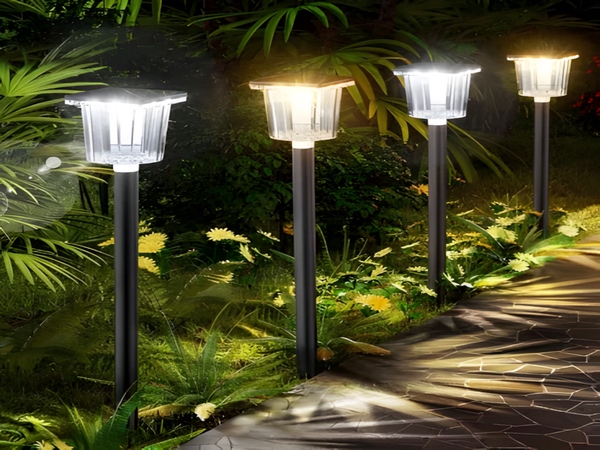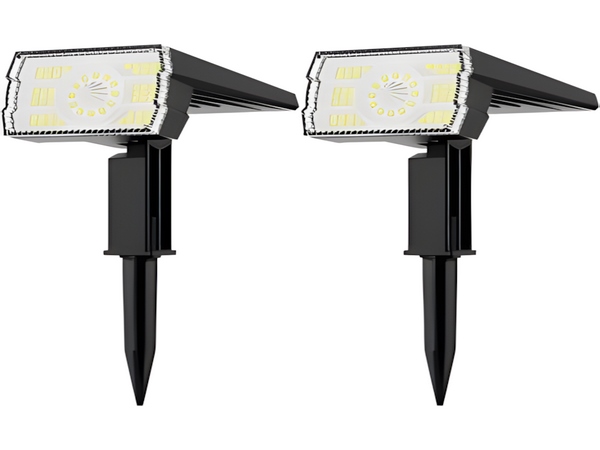
As the world’s energy supply becomes increasingly scarce, the emphasis on environmentally friendly and energy-saving solar energy is growing. The usage of solar street lights is also on the rise, capturing a significant market share with their unique characteristics. However, customers often report that solar street lights suddenly stop working, suspecting it to be a quality issue. In fact, except for a small portion being quality-related, most problems arise from improper installation. To prevent this issue, the following outlines the common mistakes made in the installation of solar street lights:
1. Installing lights on both sides with solar panels facing each other at an angle. For aesthetic reasons, installers may symmetrically tilt the solar panels towards each other. However, if one side is correctly oriented, the other side must be wrong. The incorrectly oriented panel will not receive direct sunlight, thus reducing charging efficiency.
2. Charging the solar panels indoors. Some customers install solar lights in carports for nighttime parking but also place the solar panels inside the shelter. Naturally, this significantly diminishes the charging effect. In such cases, it is advisable to install the solar panels outdoors while keeping the lights indoors, separating the two components.
3. Incorrect adjustment of the solar panel angle, leading to low charging efficiency. The correct angle for solar panel adjustment follows a simple principle: allow direct sunlight to hit the solar panel to maximize charging efficiency. Depending on the location, the angle of tilt for the solar panel can be adjusted according to the local latitude. The solar panel should match the horizontal tilt according to the latitude, making angle adjustment crucial for different latitudes and surfaces.
4. Arbitrarily extending the connection wire for the solar panel. In some cases, due to excessive interference when installing solar panels, the distance between the solar panel and the light source is extended significantly, sometimes over ten meters. At this point, a two-wire cable is purchased randomly from the market. Most common wires available in the market are of low quality, and with long distances, there is significant wire loss, thus reducing charging efficiency and impacting lighting duration.

5. Having nearby light sources next to the solar panel leads to the charging voltage exceeding the light control voltage threshold, preventing the street light from turning on. For example, if there is another street light adjacent to the solar street light, when night falls and the adjacent light turns on, the solar panel of the street light might mistakenly register this light source as daylight, causing the controller to prevent it from turning on.
6. Excessive obstructions in the installation area decrease the charging efficiency of the solar panel. Objects such as leaves and buildings can block sunlight, which hampers energy absorption and utilization.

7. On-site personnel do not operate the engineering remote control correctly, resulting in incorrect parameter settings that keep the light from turning on.
The above outlines the common mistakes in the installation of solar street lights. Only by properly installing solar street lights can they be utilized effectively, maximizing their benefits to illuminate nighttime roads and resolving nighttime travel issues for people.



